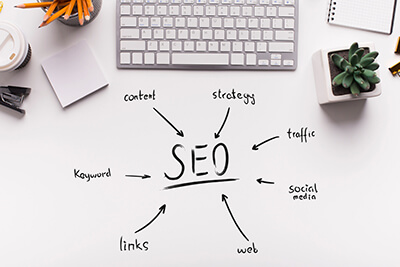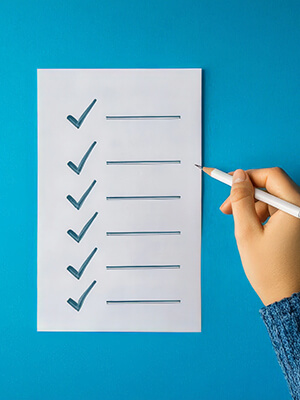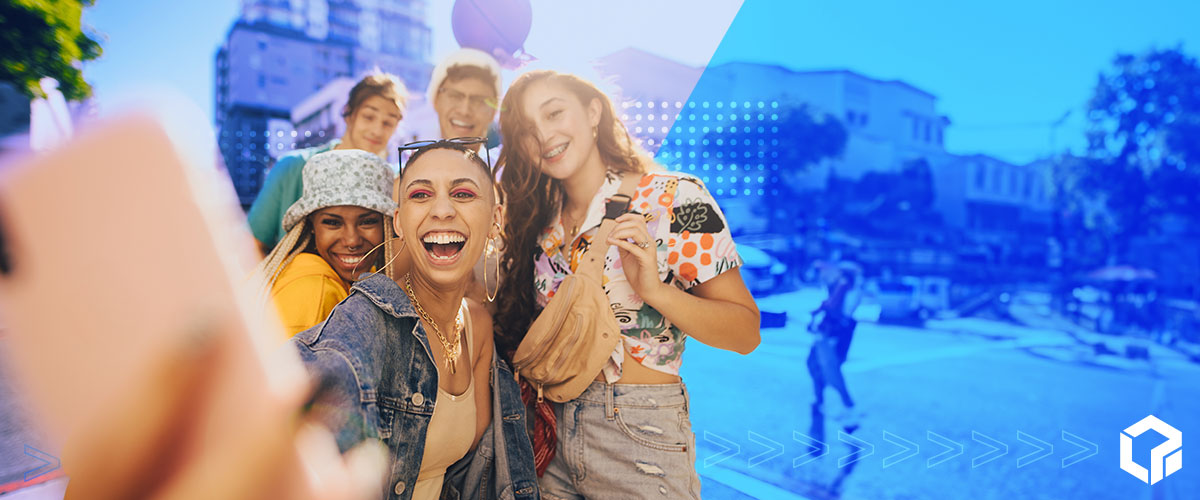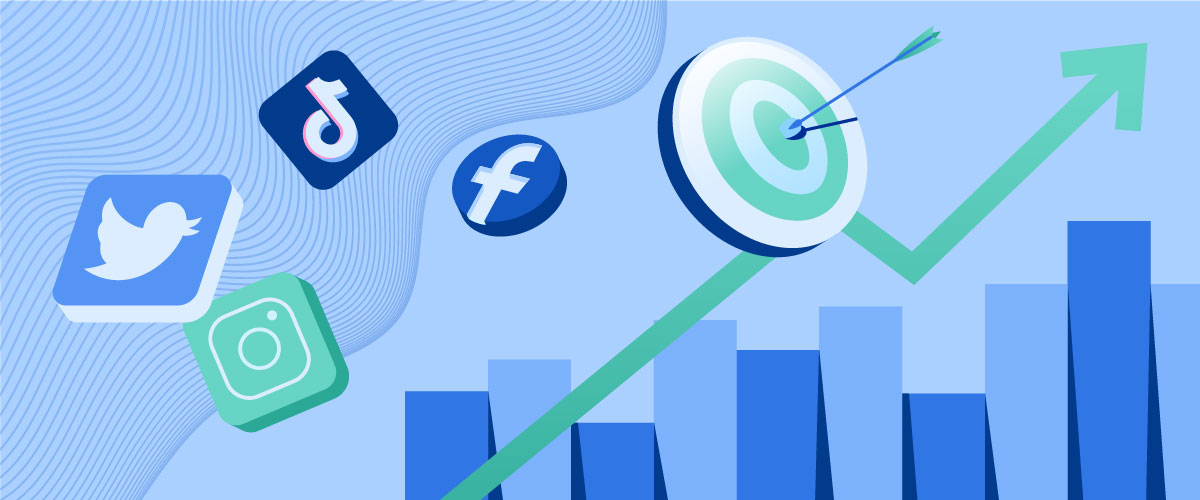Instagram has long been likened to a semi-walled garden, where the gates are open to visitors, but the interior exists as an entity unto itself. However, a recently announced update from Instagram has made the walls around the social media enclosure more accessible to the broader internet and web crawlers. This is both true and somewhat overstated, as IG Posts and profiles have long been indexable by Google and Bing, but are now inclusive of more content types and regions.
So, what changed?
If your professional Instagram account is public, belongs to an adult, and has the right settings enabled (more on that below), your posts now enable search engines to index the photos and videos from posts, stories, reels, and highlights, which is beneficial for users with robust organic content.
This means the synergy between Social and SEO is more important than ever right now.
Why It’s a Big Deal
- Content is Now Social SEO: This move signals a shift towards Instagram posts becoming part of multi-modal SEO. Google treats posts more like web pages, where visuals and captions carry ranking weight that makes your brand more visible.
- Expanded Discoverability: Reels, carousels, and images can now appear in Google/Bing search results, meaning a broader audience beyond Instagram users.
- New Opportunity for Evergreen Content: Optimized posts/or Reels can surface for queries months later, like a blog post in visual form, ripe for discovery. Additionally, you can review previous content to index as far back as 2020.
How to Get Ahead

Here are four practical steps to prepare:
- Optimize Captions with Keywords: Use clear search-friendly phrases that potential customers might Google.
- Add Alt Text on Visuals: Instagram’s alt text helps accessibility and gives search bots context for images.
- Tag Locations: If you’re a local business, include location tags and place names in captions.
- Use Descriptive File Names: Upload images with meaningful names like handcrafted-leather-journal.jpg to help with indexing.
What This Means for Your SEO Strategy
This update extends your organic footprint beyond your website and traditional business profiles. In practical terms, that means:
- Your Instagram posts can (and should) rank for branded and non-branded keywords. That “Top 10 Truck Mods” carousel or your reel showing a lawncare install could start appearing for relevant searches, giving you a chance to own more Search Engine Results Page real estate. This is all about reinforcing your blog, not competing with it by building trust across multiple platforms and therefore authority in the eyes of users and search engines.
- Captions are now metadata. The way you write captions will start influencing where and how your post shows up. Keyword clarity matters more than hashtag spam.
- Visual SEO is real. Just like optimizing alt text on a product image on your site, Instagram’s alt text and file naming now play a role in giving search engines context.
- UGC and creator partnerships get long-tail reach. Influencer content that tags or mentions your brand, if on public professional accounts, could now surface in brand search results.
- Google is leaning harder into multi-modal results. Google surfacing visual, short-form, and social content for commercial-intent queries is a reflection of users’ search behavior.
- Improves brand authority and trustworthiness. When users search your brand and see not only your site but also relevant social content from your IG account, this will help increase your credibility and authority in your vertical.
Omnichannel Implications
This isn’t just about SEO. It’s about how your content ecosystem works together.
The brands that will win here are the ones treating Instagram posts like strategic content assets, not just social engagement bait. That means:

- Using paid data to guide organic content. If your paid campaigns show high intent for specific products or search terms, bake that into your Instagram captions, creative, and post timing
- Syncing your publishing cadence with cross-channel traffic spikes. If you’re launching a new product and running paid search and Meta ads, drop your Instagram posts at the same time and structure them to reinforce the paid message. You’re now building a net across search, social, and feed-based discovery.
- Turning every channel into a performance layer. Instagram posts aren’t just “brand moments” now; they can drive organic discovery and help reinforce PPC and Paid Social performance.
- Tracking brand search results across content types. If you’re investing in organic content and paid media, you’ll now need to check how your brand appears across search, your site, your ads, and now, your social content.
- Capturing the Full Funnel. When paired with paid media, email, and your broader marketing mix, this expanded Instagram visibility helps you engage users at every stage. Wherever someone enters the journey, your content is there to meet them and move them closer to conversion.
What Paid Social Teams Should Know
Paid social isn’t directly indexed, but it influences what gets indexed.
Here’s how:
- Testing messaging in Paid Social can inform your organic Instagram strategy. The captions and creative that convert into ads can now shape what you publish publicly.
- Boosted content and top-performing ads should be repackaged as organic posts. If a paid carousel drives high CTR or engagement, turn that into a permanent post that supports long-tail discovery.
- Paid traffic drives engagement signals. While Meta ads themselves aren’t indexed, the engagement they drive (likes, comments, shares) may help prioritize which content gets surfaced by search engines in the future. More importantly, it tells you which posts are worth optimizing for discoverability.
- Dynamic product ads → static product content. For ecommerce brands, use Dynamic Product Ads (DPA) insights to guide which products or bundles should be highlighted in Instagram content. These can now serve both organic and paid goals.
What to Do Right Now
- Make sure your account is eligible and indexable.
- Must be a professional account
- Must be public
- User must be over 18
In Settings > Privacy > Search Engines, make sure “Allow search engines to link to your content” is enabled
- Cleanup your profile.
- Ensure your Brand name is fully visible in your profile image
- Bio should be clear and tell who you are and what you do
- Link in bio should be updated to send to your site and/or new promotions
- Optimize your Instagram posts like SEO content.
- Use clear, readable captions
- Include product names or common search queries
- Write alt text for each post
- Name image files intentionally before uploading
- Audit your past posts.
- Clean up outdated or low-quality content
- Highlight posts that align with what people might search for (tutorials, reviews, how-to, product shots)
- Update key posts with SEO optimized text as far back as 2020
- Track indexed content over time.
- Simple site searches (e.g., site:instagram.com/yourhandle) or if you have access to Semrush, check your Organic Research Report for “instagram.com” and filter to your IG handle in advanced filters
- Monitor branded queries and keyword rankings
- Align your Paid, Social, and SEO teams.
- Build content calendars that use PPC data
- Treat Instagram posts as long-term brand assets
- Make social part of your search strategy, not separate from it

Final Thoughts
Instagram is evolving from a social platform into a search discovery tool. With this update, your posts can now drive organic visibility the same way a blog or product page can. For marketers, that means treating every post as a strategic asset, optimized for both engagement and search.
Bonus: How to turn off indexing
Don’t want your Instagram content indexed in third party search engines? No problem.
Meta has added enhanced controls to manage your content. Do one of the following to prevent or remove your Instagram content from showing up in third party search engines.
- Adjust your account privacy settings to disable your public photos and videos from appearing in search engine results.
- Make your entire account private.
- Change your account type from professional to personal.
Note: Even after you make these changes or delete your account, it can take time for search engines to remove your content. Your username, profile picture, and bio might still show up.
Meta can’t guarantee when third-party search engines will de-index your content, if at all. For more information, you can check the Google Help Center on removing images from search results or the Microsoft Bing website on blocking search results.





